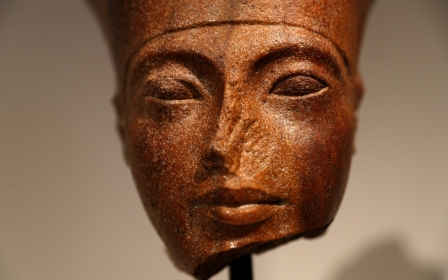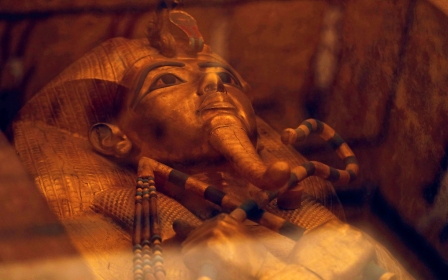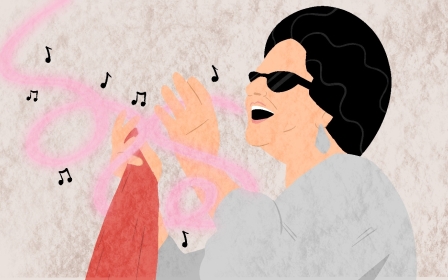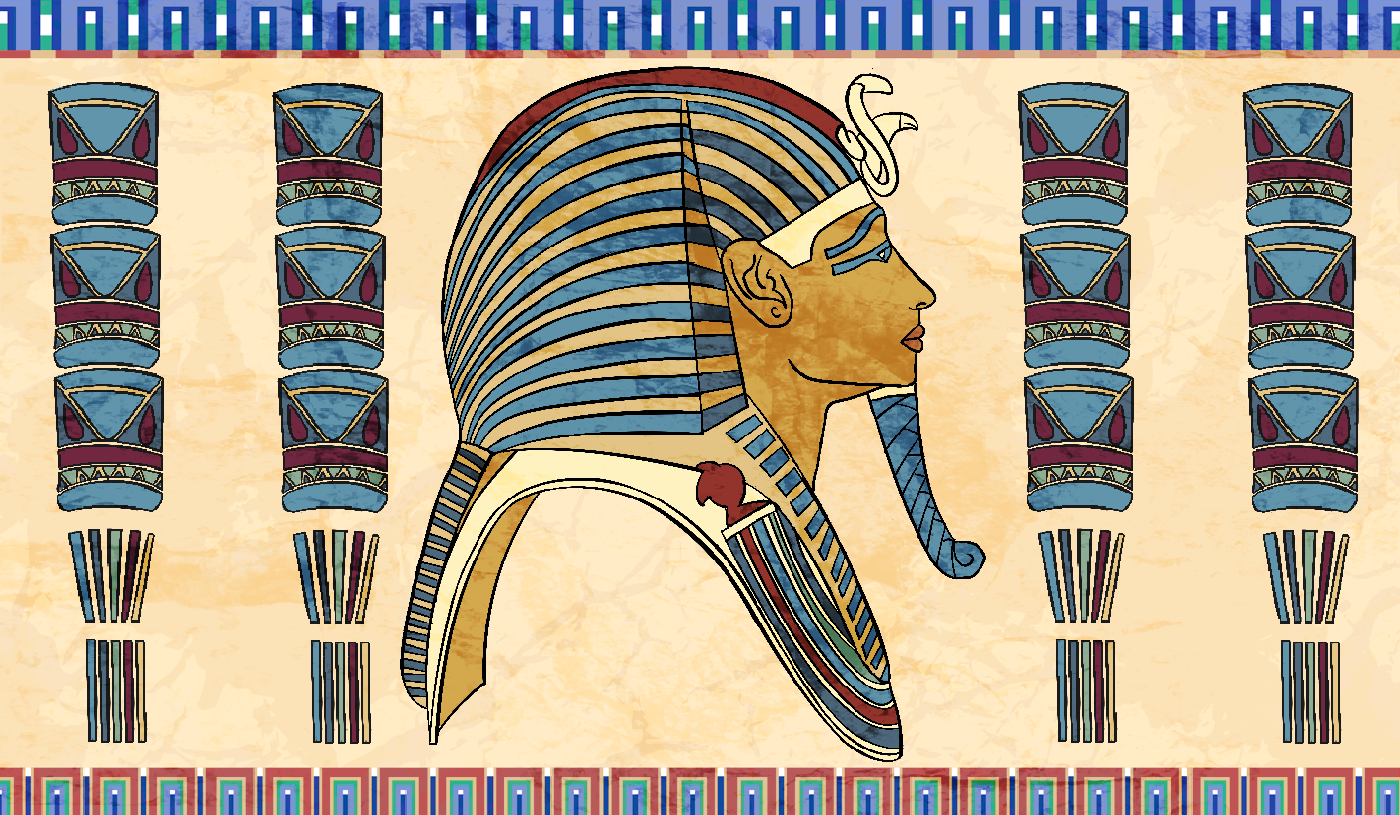
In pictures: Who was Tutankhamun? The boy king discovered a century ago

The discovery of Tutankhamun's tomb in Egypt's Valley of the Kings on 4 November 1922 was one of the most famous archaeological finds ever and continues to influence popular culture to this day.
Known as the "Boy King" or "King Tut", the Egyptian pharaoh was a relatively minor figure in ancient Egyptian history and his contemporary fame and popularity came instead from the remarkable level of preservation of his mummy and sarcophagus.
Taking the throne at the age of nine, Tutankhamun lived during the 18th Dynasty (14th century BCE) in what was known as the Egyptian "New Kingdom".
His father is likely to have been the pharaoh Akhenaten. His mother has not been identified but was probably a sister of Akhenaten as incestuous marriages between royals were normal at the time.
Scientists have determined that Tutankhamun had a slim build, walked with a walking stick, and was around 167cm tall. (All illustrations by Mohamad Elasaar)
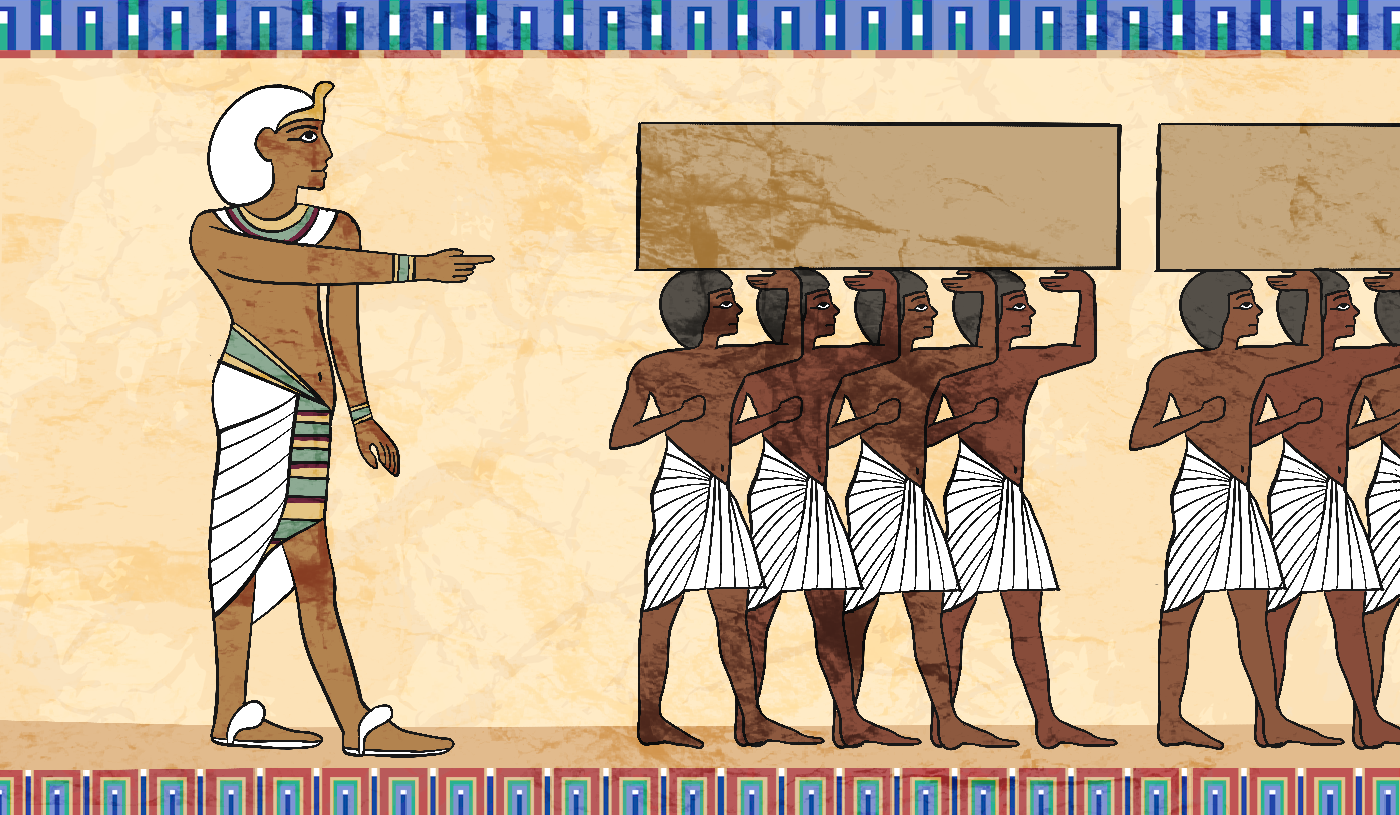
Tutankhamun was born during a period of upheaval caused by Akhenaten's decision to worship one god, in the form of Aten, a sun god. Scholars still debate whether this was a form of monotheism, as Akhenaten's motivations may have been simply self-serving as he identified himself with the deity.
As Pharoah, Tutankhamun restored the ancient Egyptian religion and focused on rebuilding shrines and monuments to the old gods. As a leader, he reversed many of Akhenaten's decisions, including returning the capital to Thebes from the city of Akhetaten.
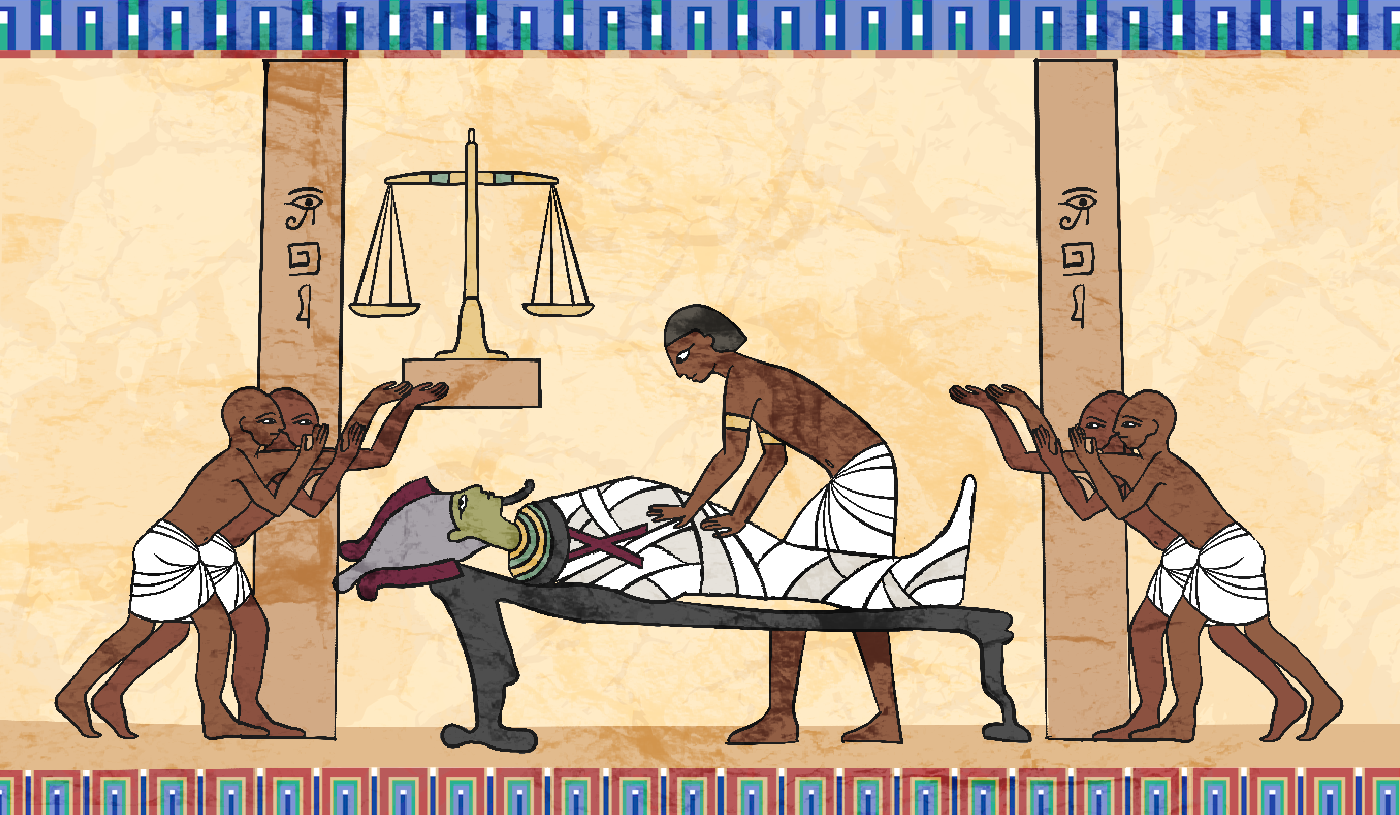
He ruled Egypt for just over 10 years before succumbing to an undetermined illness at around 18.
Researchers speculate on what this may have been, although malaria is a likely candidate. Others argue that he may have been assassinated - based on fracture marks on Tutankhamun's skull - or that he succumbed to an infection following a leg injury.
Tutankhamun was buried in a fairly small tomb considering his high status, which has led some historians to conclude that his death was unexpected and there was no time to prepare anything grander. He was succeeded by his vizier, Ay.
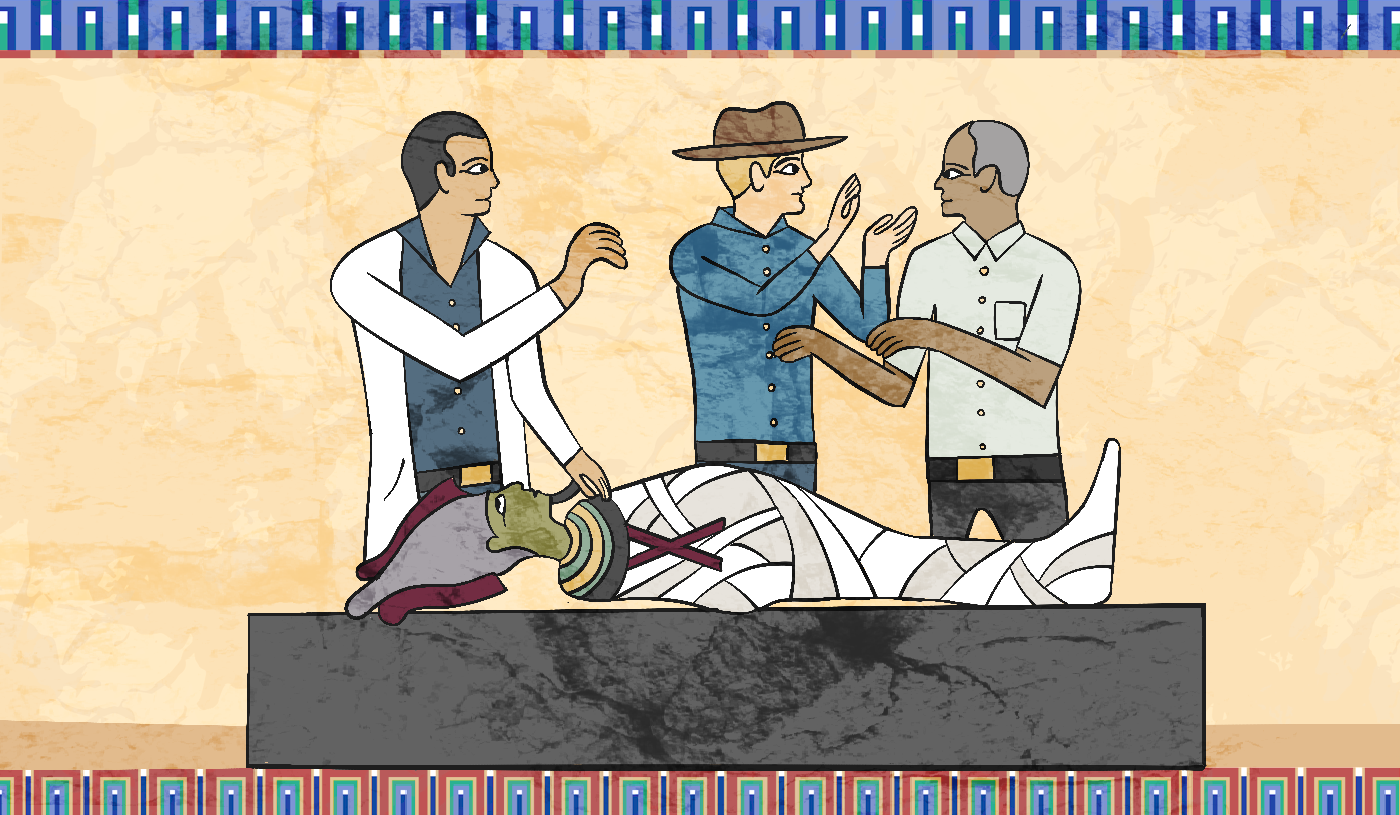
With the exception of possible low-level looting, Tutankhamun's tomb and the ornate treasures contained within it lay undisturbed for thousands of years until its discovery by British Egyptologist Howard Carter in 1922.
The discovery was a surprise, as the tomb had been buried under the rubble of other unearthed tombs in the Valley of the Kings and no more discoveries were expected in the area.
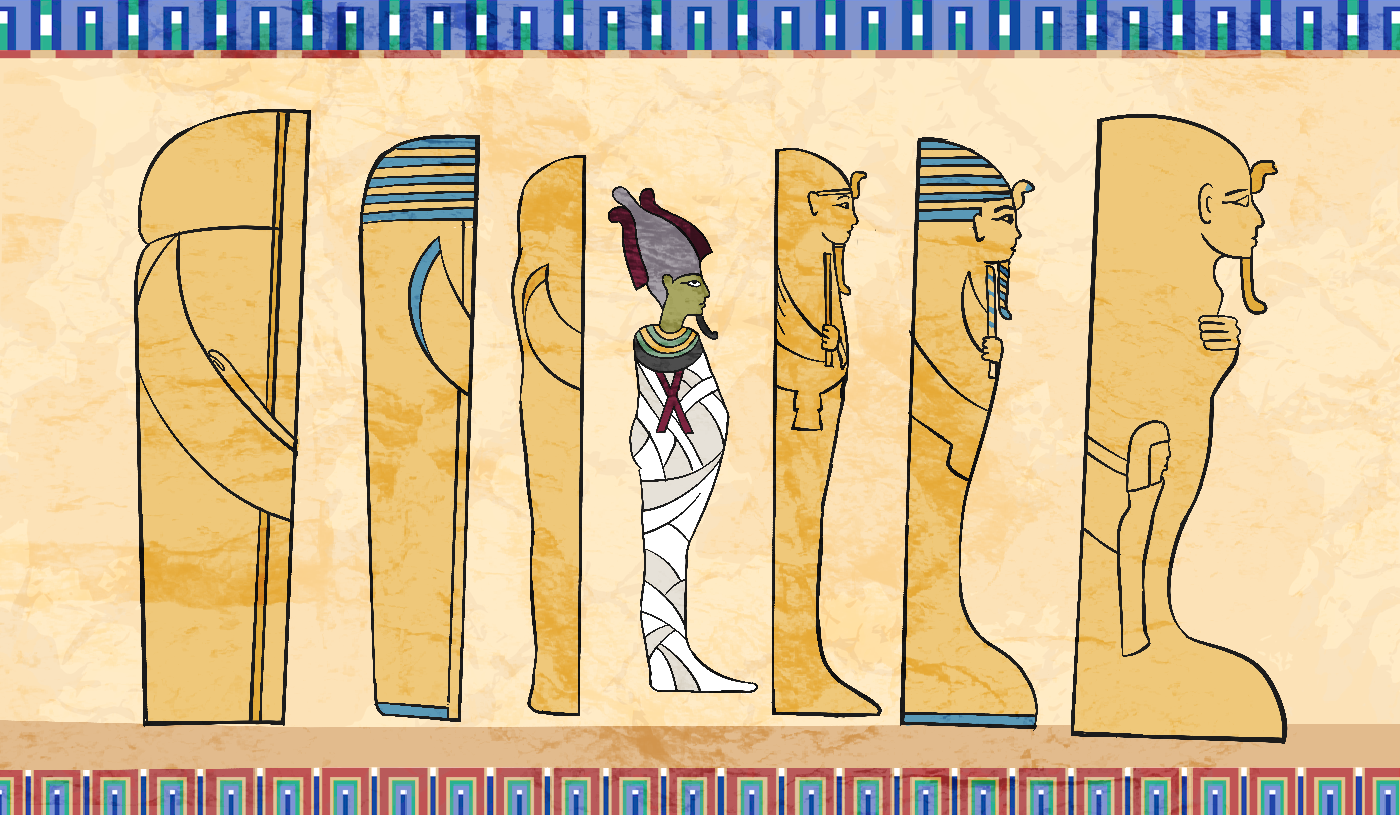
Tutankhamun's corpse was prepared for the afterlife using the traditional method of mummification. He was covered in resin-soaked bandages and placed in three coffins, one inside another, a granite sarcophagus, and four wooden shrines.
Two of the three coffins were made of wood covered in gold plating, while the innermost was made with sheets of gold studded with gems. There were over 5,000 other artifacts with him in the tomb.

It was normal in ancient Egypt to bury people with the items that they might need in the afterlife alongside some luxuries. The most striking aspect of the discovery of Tutankhamun’s tomb was his death mask, which was made from over 9kg of solid gold.
Carter went on to spend almost a decade cataloguing the thousands of items he found in the tomb, including thrones, linen cloth, cloaks made from animal skin, game boards, and wine jars.
Tutankhamun’s good reputation among his subjects and rivals is apparent in the number of gifts he was given, including several from regions outside of Egypt.
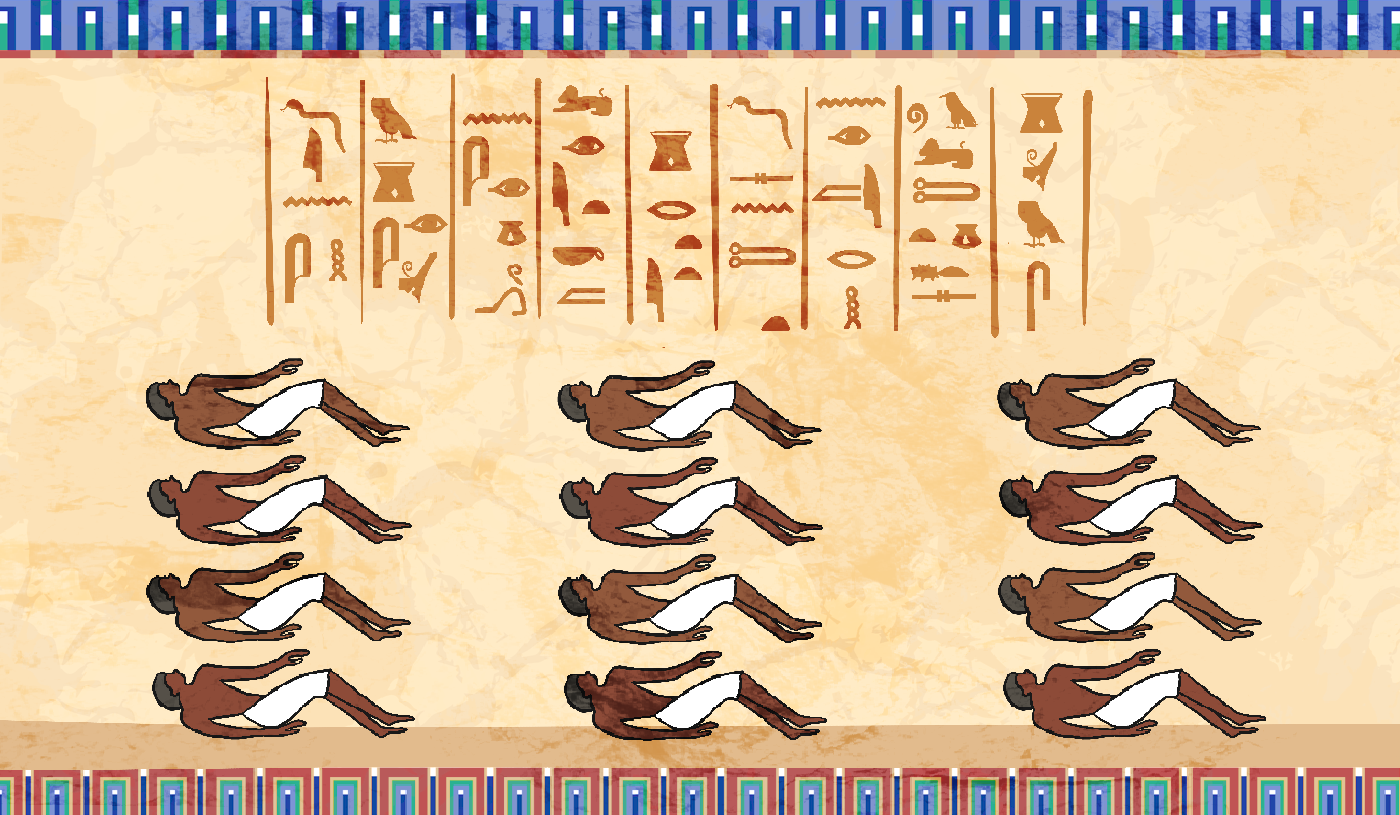
The opening of sealed tombs has long been considered taboo in Egypt, as it is in many other regions.
Victims of an alleged curse invoked by the excavation of Tutankhamun's tomb included George Herbert, the fifth Earl of Carnarvon and financier of Carter's expedition, who died months after the discovery of the tomb, and several others involved in the excavation who died of various illnesses and suspected murder.
Today Tutankhamun's mummy is housed at the Egyptian Museum in Cairo but it has previously been on display at exhibitions around the world.
This article is available in French on Middle East Eye French edition.
Middle East Eye delivers independent and unrivalled coverage and analysis of the Middle East, North Africa and beyond. To learn more about republishing this content and the associated fees, please fill out this form. More about MEE can be found here.


